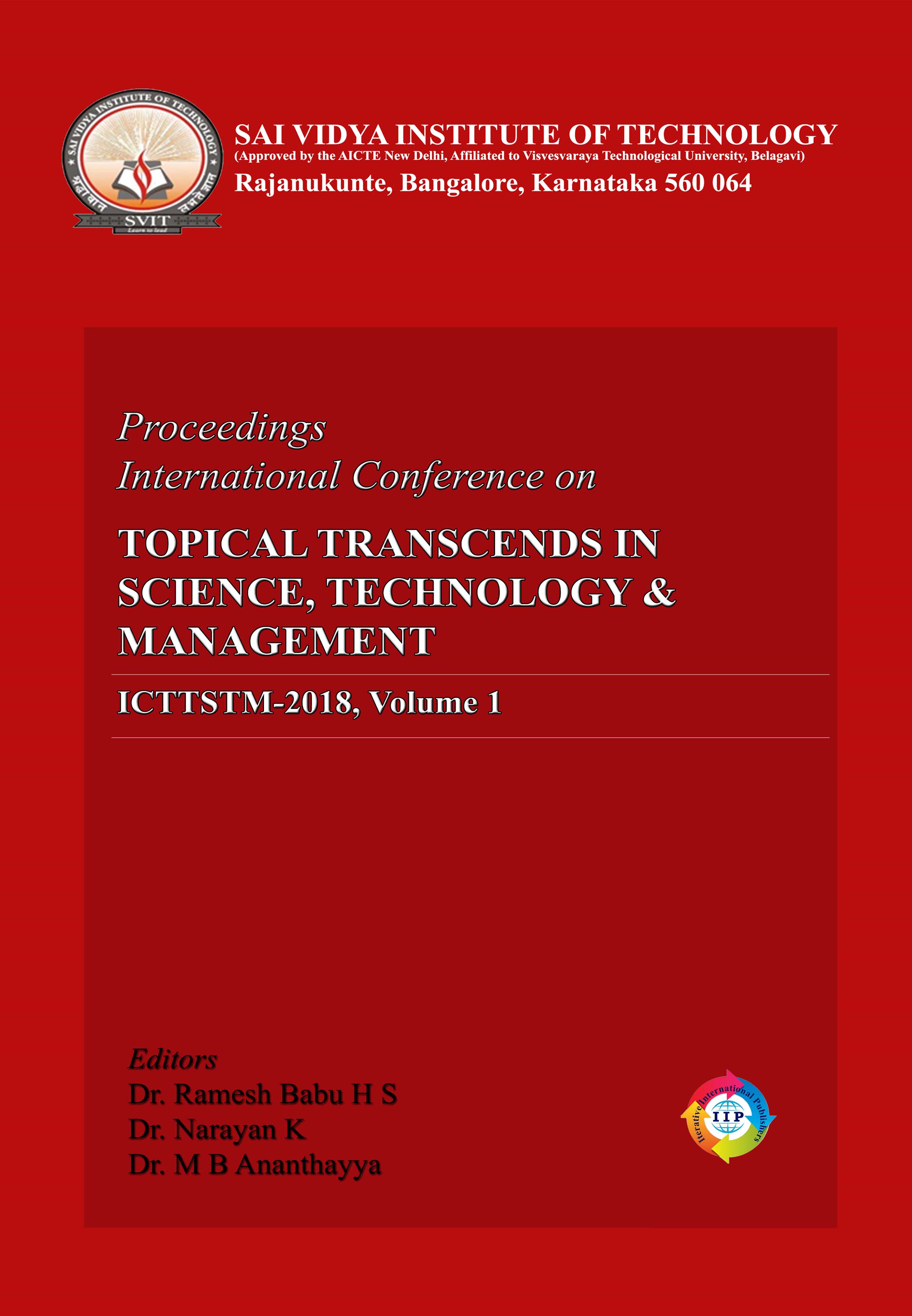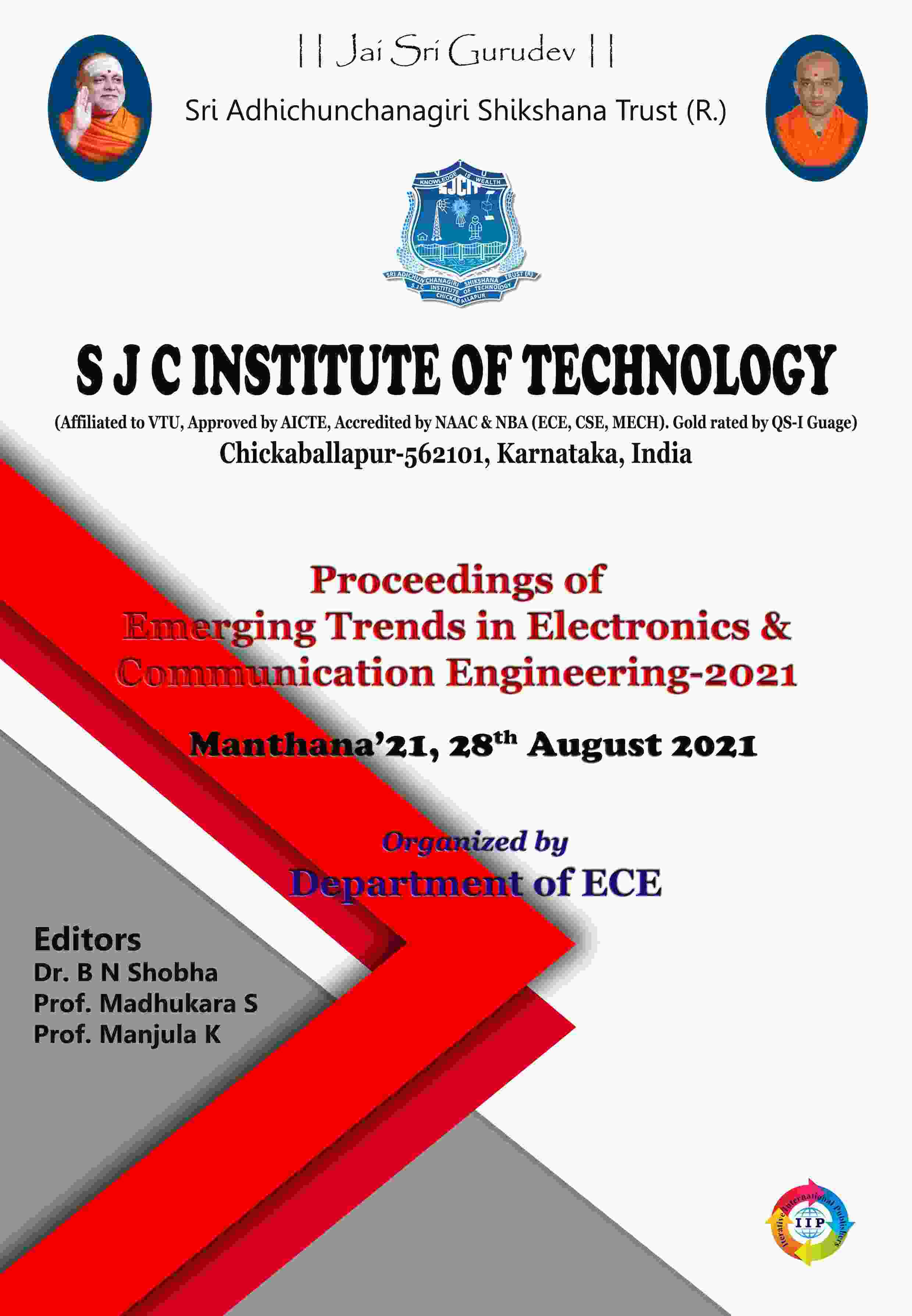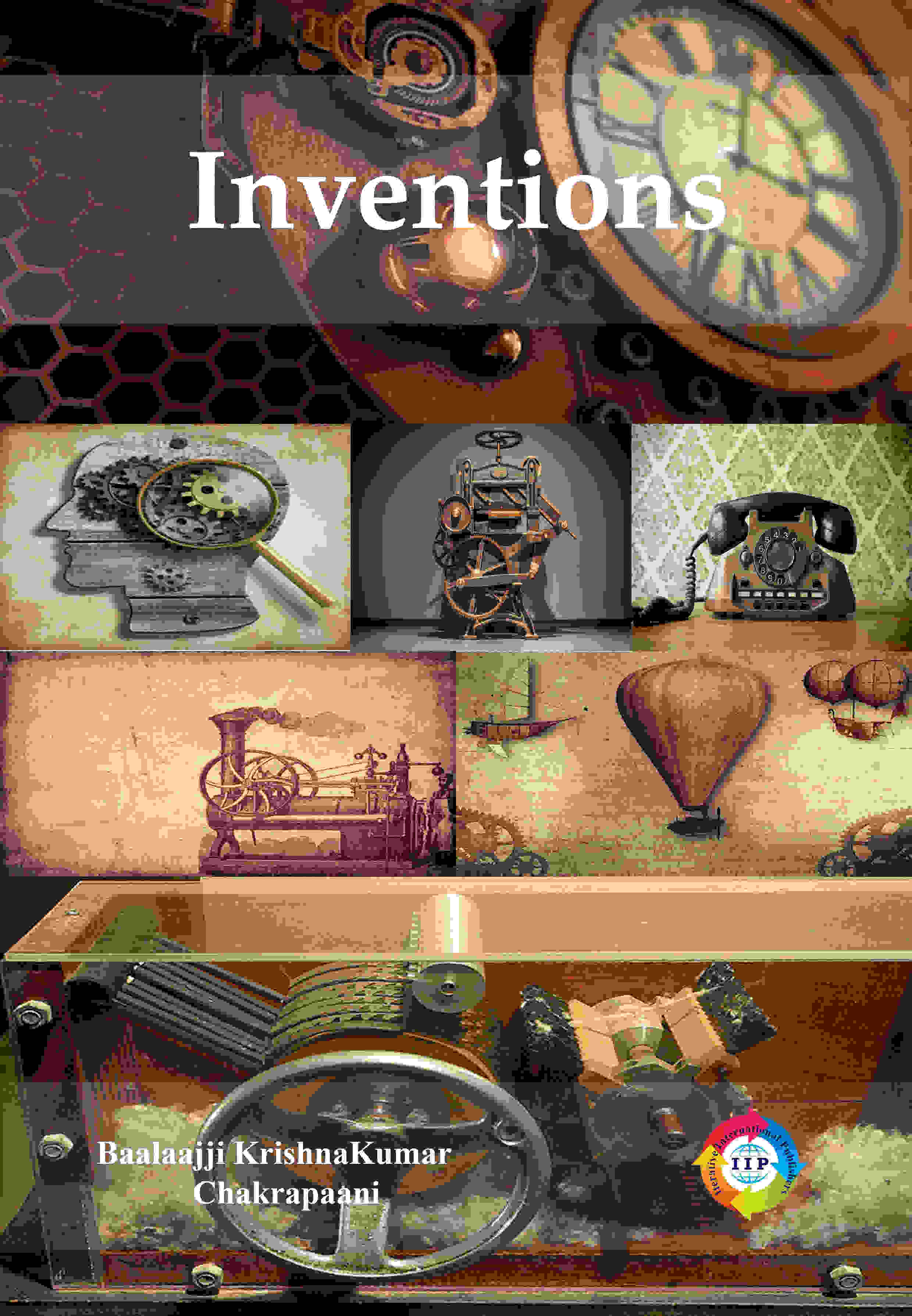
INSIGHTS OF ROBOTICS
-
TypePrint
- CategoryAcademic
- Sub CategoryText Book
- StreamElectronics and Communications Engineering
Robotics is an interdisciplinary branch of computer science and engineering. Robotics involves design, construction, operation and use of robots. The goal of robotics is to design machines that can help and assist humans. Robotics integrates fields of mechanical engineering, electrical engineering, information engineering, mechatronics, electronics, bioengineering, computer engineering, control engineering, software engineering and mathematics among others. Robotics develops machines that can substitute humans and replicate human actions. It can be used in many situations and for many purposes. Certain robots require user input to operate while other robots function autonomously.
The concept of creating robots that can operate autonomously dates back to classical times, but research into the functionality and potential use of robots did not grow substantially until the 20th century. In 1941 and 1942, Isaac Asimov formulated the three laws of robotics, and in the process coined the word Robotics. Unimate, the first digitally operated and programmable robot, was invented by George Devol in 1954 and represents the foundation of the modern robotics industry. Devol sold the first Unimate to General Motors in 1960. Waseda University initiated the WABOT project in 1967, and in 1972 completed the WABOT-1, the world's first full-scale humanoid intelligent robot.
In 1974, Michael J. Freeman created Leachim, a robot teacher who was programmed with the class curricular. The Robotics Institute at Carnegie Mellon University was founded in 1979 by Raj Reddy. In 1986, Honda began its humanoid research and development program to create robots capable of interacting successfully with humans. In 1994, one of the most successful robot-assisted surgery appliances was cleared by the FDA. Honda's P2 humanoid robot was first shown in 1996 and P3 humanoid robot later in 1998. Honda revealed the most advanced result of their humanoid project in 2000, named ASIMO. In October 2000, the United Nations estimated that there were 7,42,500 industrial robots in the world, with more than half of them being used in Japan.
In 2005, Cornell University revealed a robotic system of block-modules capable of attaching and detaching, described as the first robot capable of self-replication. In 2003, the Mars rovers Spirit and Opportunity landed on the surface of Mars. In 2007, TOMY launched the entertainment robot, i-sobot. Robonaut 2, latest generation of the astronaut helpers, was launched to the space station aboard Space Shuttle Discovery on the STS-133 mission in 2011. In 2017, a robot called Sophia with female pronouns was granted Saudi Arabian citizenship, becoming the first robot ever to have a nationality. In 2019, engineers at the University of Pennsylvania created millions of nanorobots in just a few weeks using technology borrowed from semiconductors. These microscopic robots, small enough to be hypodermically injected into the human body and can be controlled wirelessly, one day could deliver medications and perform surgeries, revolutionizing medicine and health.
Commercial and industrial robots are now in widespread use performing jobs more cheaply or with greater accuracy and reliability than humans. They are also employed for tasks that are too dirty or dangerous for humans. Robots are widely used in manufacturing, assembly and packing, transport, earth and space exploration, surgery, weaponry, laboratory research, and mass production of consumer and industrial goods.Recent trends in robotics are aerospace robotics, cloud robotics, cognitive robotics, micro-robotics etc. Aerospace robotics is a robotic technology used to manufacture aircraft in aerospace industry. Aerospace robots are utilized for various tasks, including engine drilling holes, manufacturing, welding metal parts and painting airframes. Cloud robotics is a field of robotics that attempts to invoke cloud technologies such as cloud computing, cloud storage, and other internet technologies cantered on the benefits of converged infrastructure and shared services for robotics. Cognitive robotics is a subfield of robotics concerned with endowing a robot with intelligent behaviour by providing it with a processing architecture that will allow it to learn and reason about how to behave in response to complex goals in a complex world. Micro-robotics is the field of miniature robotics, in particular mobile robots with characteristic dimensions less than 1 mm.
This book is an outcome of our experience of conducting training and research activities on robotics. It can be useful for researchers, practitioners and educators. This book includes a total of eight chapters. It covers introduction to robotics, evolution of robots with timeline, robotic models, applications of robots in different fields, electronic components and circuits, sensors used in robotics, programming tools and recent trends. The goal of this book is to provide a solid foundation for people looking to learn about basics of robotics.
**Note: IIP Store is the best place to buy books published by Iterative International Publishers. Price at IIP Store is always less than Amazon, Amazon Kindle, and Flipkart.





COMMENTS
No Review found for book with Book title. INSIGHTS OF ROBOTICS